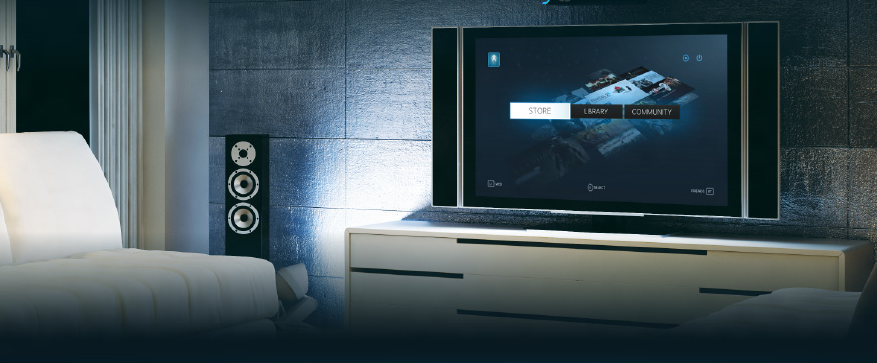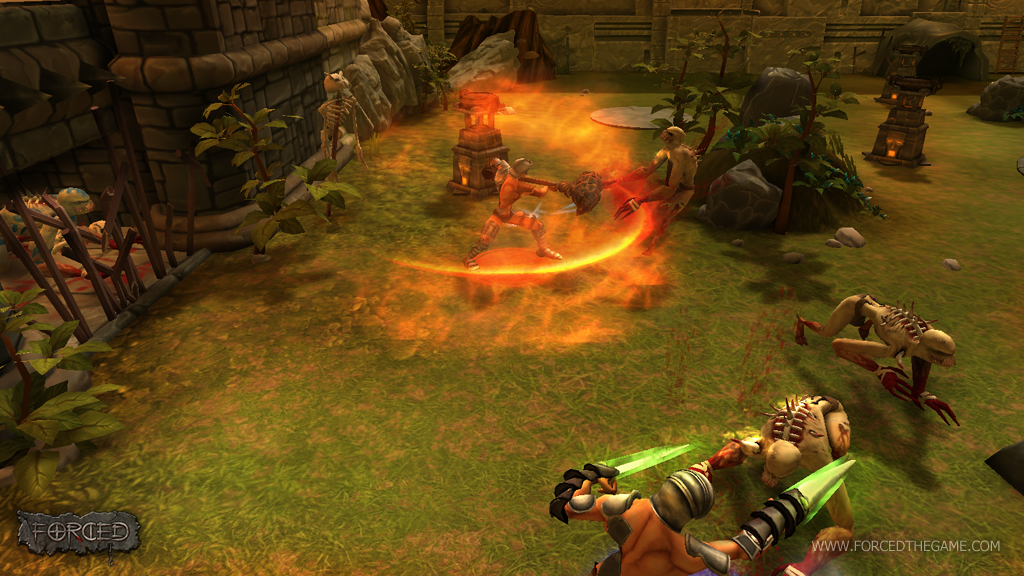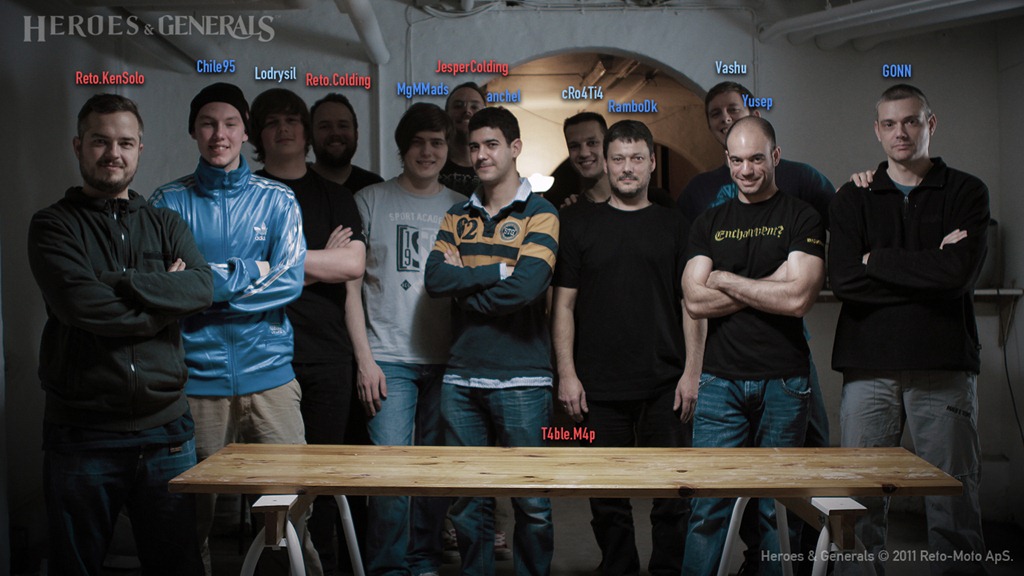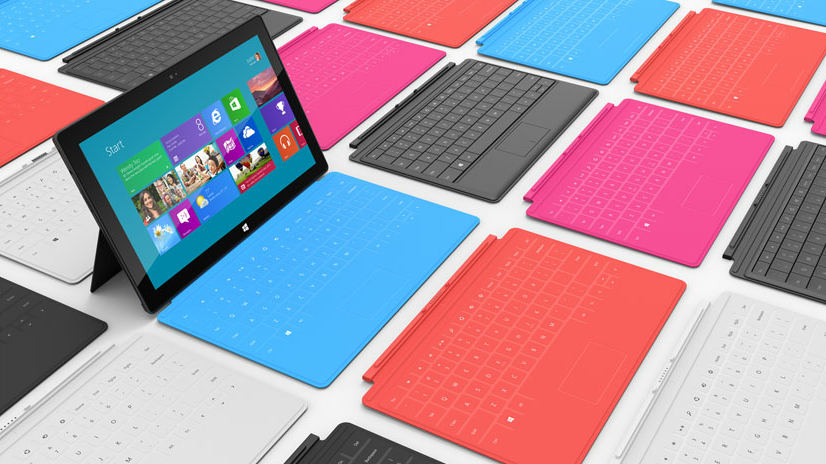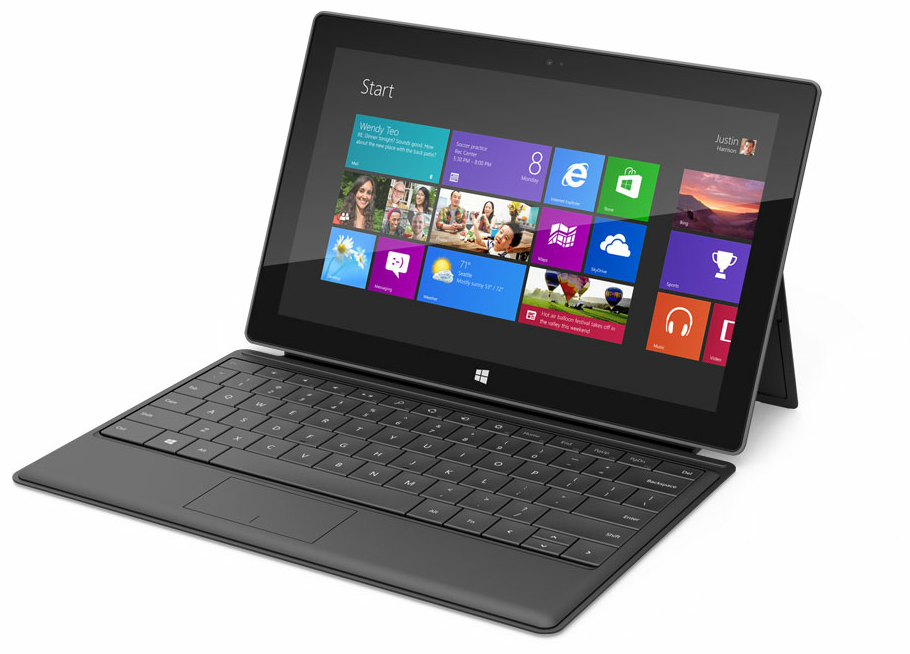Steam announced yesterday that the world’s most popular online gaming store is getting a brand-new UI for using it on your TV, with a gamepad. They call it Steam Big Picture.
Many will dismiss this as something irrelevant. After all it has always been possible to plug your desktop or laptop to a big screen and play games with a controller. That’s nothing new.
But folks, we’re talking about Steam here, so we need to look at the bigger picture (see what I did there?) I honestly think that this is one huge step in moving the entire games industry forward.
Let me go back in time for a moment: it used to be that game consoles such as the NES and the MegaDrive had great games with nice graphics. But PCs were always the big guys that could display bigger worlds, more detailed characters and play online games. But at some point games started becoming more mainstream. Incredibly complex stories arrived with much higher production values as game consoles became the easiest solution to play games comfortably on the sofa. PC games also got more complex, but so did the hardware part: users were no longer buying big desktop PCs and instead they favored small, portable laptops that they could take anywhere. This meant that most laptops had small graphics cards incapable of running the newest games comfortably.
Consoles offered one huge bonus against computers in terms of gaming: you just had to connect them to the TV, put the disc in, and start playing (though nowadays you also get the constant nagging of online updates). But they also meant a much more closed environment where what can be sold was strictly controlled by the hardware maker. So pretty much everything has been in the hands of Sony, Nintendo and Microsoft for the past few years.
But PC gaming never stood still either, because while the Xbox 360 and the Playstation 3 were fighting to get a better media consumption system in the living room that could stand up against computers, Valve was building what would eventually become gaming’s biggest online store, focusing solely on making the gaming experience better on the PC and letting other software makers and web developers do the media and web consumption thing.
The result was Steam, and the previously maligned service is now a heaven for gamers worldwide. It has amazing online community services, the possibility of making your game free-to-play and then buy add-ons, holiday sales that knock your wallet off your pocket, cloud-based game saves, automatic background updates for games and, recently, a new gateway for indie developers to showcase and possibly sell their games on Steam based on what the community likes best.
And now you can use it on your TV without the need of a mouse and keyboard.
An addition like that on its own means nothing. But when you add to that the impressive catalog that Steam offers of both casual and hardcore games plus all the features mentioned above, you start to realize that if Steam was a console it would be right now the most powerful console ever.
Now what would happen if Dell, HP, Acer or any other PC manufacturer decided to create a small, affordable computer that was advertised along with Valve as a Steam-capable machine? What if that machine had Steam pre-installed and came with a wireless controller?
Well, you’d have the console with the biggest games catalog ever, the most complete online service and the choice of buying whichever brand you liked most. Depending on the brand you might even be able to upgrade it with newer graphics cards and processors instead of having to wait for the next generation console to arrive. Even better, you’d have instant access to every single game you’ve purchased even on a Mac and still play them on other systems.
The funny thing is that Microsoft has been trying to aim for this to happen for a long time ever since they announced Windows XP Media Center edition. They just never pushed it forward as much as they should have. They had ease of use from a couch with a TV remote, access to online services and a few games started integrating themselves in the system when Windows Vista came out. Then there was Games for Windows LIVE, later renamed to Xbox Games for Windows, which gained more haters than supporters. The reason why they never pushed it further was probably the fact that Microsoft already had the Xbox 360 on good standing and they didn’t feel the need to risk cannibalizing their hardware sales.
And now Steam has beaten them to the punch. Right on the verge of Windows 8 arriving on stores as Valve readies Steam and all its games to work on Linux-based computers. Right when it is time for the next generation consoles to arrive, starting with the WiiU later this year.
If these next-gen consoles take too long to arrive and Valve plays its cards well (and it has way too many aces in its sleeve to fail) this new Steam Big Picture might mean a new current in the games market. It might drive more people to buy PC games. It might mean less next-gen console sales. It might potentially give indie game developers broad access to a huge new wave of customers. It might.
This is all but my own conjecture. Obviously the console market is not going to die just like that simply because of a program adding a coach-friendly UI. But it does mark the beginning of a new trend, and it could change many things in the long term. All we can do for now is wait and see. And try the Big Picture mode ourselves for free.

